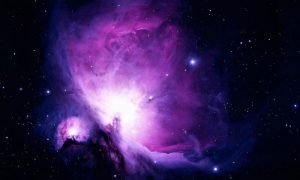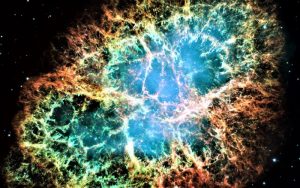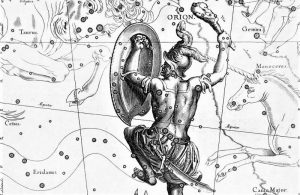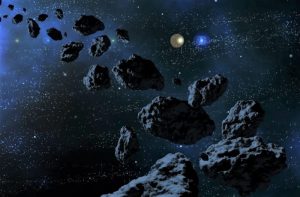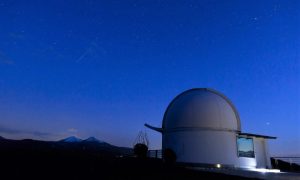Nebula
A nebula is basically a cloud made up of gas and dust located in space. Some nebulae are regions where new stars are constantly forming, while others are remains of dying stars. Nebulae come in many different shapes and sizes.
What is a nebula?
It is one of the most beautiful formations that can be observed in space and are interstellar dust clouds composed mostly of helium, hydrogen and other ionized gases, and is the place where stars are formed.
Definition
The word nebula is a general term used to describe the different types of gas and dust clouds that exist in interstellar space. In other words, we can say that nebulae are concentrations of gas in which we can find hydrogen, helium and stellar dust. They are structures that actually are very important for our universe, because inside, is the place where stars are born, which arise due to the condensation and aggregation of matter.
Some nebulae are places where new stars are born, but there are also other types of nebulae in which we can find the remains of a series of dead or dying stars.
Characteristics of the nebula
The main characteristics of the nebula are as follows:
- Nebulae are clouds of gas and dust in the interstellar space.
- Their size can range from millions of miles to hundreds of light years.
- They are composed primarily of hydrogen and also have other gases and dust
- Stars and planetary systems are formed from the gas and dust found inside nebulae.
- Until 1920, distant galaxies were classified as nebulae.
- Some can be seen in the night sky easily.
- The word nebula is derived from the Latin word for cloud, its plural is nebula, although nebulae are also used.
Types of nebula
There are four main types of nebula:
- Reflection nebulae: reflect the light from nearby stars that do not emit enough radiation so that, these dust clouds reflect the light from a nearby star. Example: the Pleiades nebula or Seven Sisters.
- Emission nebulae: these emit their own light as the ultraviolet light from the stars, increases the hydrogen atoms, which ionizes to produce brightness. Example: The Omega nebula.
- Absorption nebulae: called dark nebulae, they do not emit light and hide the stars they contain. William Herschel discovered this type of nebula. Example: The Horsehead nebula.
- Planetary nebulae: the light coming from the associated star is absorbed by the atoms of the nebula. It has a series of outer layers shaped like a ring or bubble. Example: The Helix nebula.
Formation
Nebulae form when a star detaches its outermost layers when it no longer has fuel to burn. These outermost layers of gas expand into space, creating a nebula that is usually shaped like a ring or bubble. They are formed in the last stage of a star’s life and the layers of gas it expels during this process are visible for a few hundred years.
Observation
Thanks to the scientists and technicians who operate the Hubble Space Telescope and many other incredibly complex and sensitive instruments, we have the privilege of seeing the nebulae in all their majesty. Some of them can be seen from the Earth.
How it differs from a galaxy
The difference between both of them lies in the fact that the nebula is a cloud in space made up of gases and dust while galaxies are a whole, composed of planets, stars, dust, nebulae and other interstellar elements that are united by gravity.
Examples
- The Orion nebula is part of the interstellar cloud Orion Molecular Cloud Complex. It is about 1,500 light-years away and contains hundreds of newborn stars and brown dwarfs. It is below the three stars of Orion’s belt, and has a group of young stars called Trapezius in its heart which are approximately two million years old and relatively young.
- The Horsehead nebula is part of the Orion Cloud Complex, and is a dark nebula illuminated from behind by radiation from several nearby young stars. Astronomers have confirmed that stars are forming within the nebula and as they grow, they will eat their birth cloud.
- The Eagle nebula, known as M16, is known as the “Pillars of Creation”. It is the site of star birth regions hidden within gigantic pillars of gas and dust. The newborn stars devour the clouds, forming the shapes of the pillars.
- The Crab nebula (M1) is a supernova It formed when a star exploded in what is called a “core collapse” supernova. Most of its mass was launched into space and the rest collapsed into a neutron star. It is called the “crab nebula pulsar“.
How to cite this article?
Briceño V., Gabriela. (2019). Nebula. Recovered on 3 January, 2025, de Euston96: https://www.euston96.com/en/nebula/
